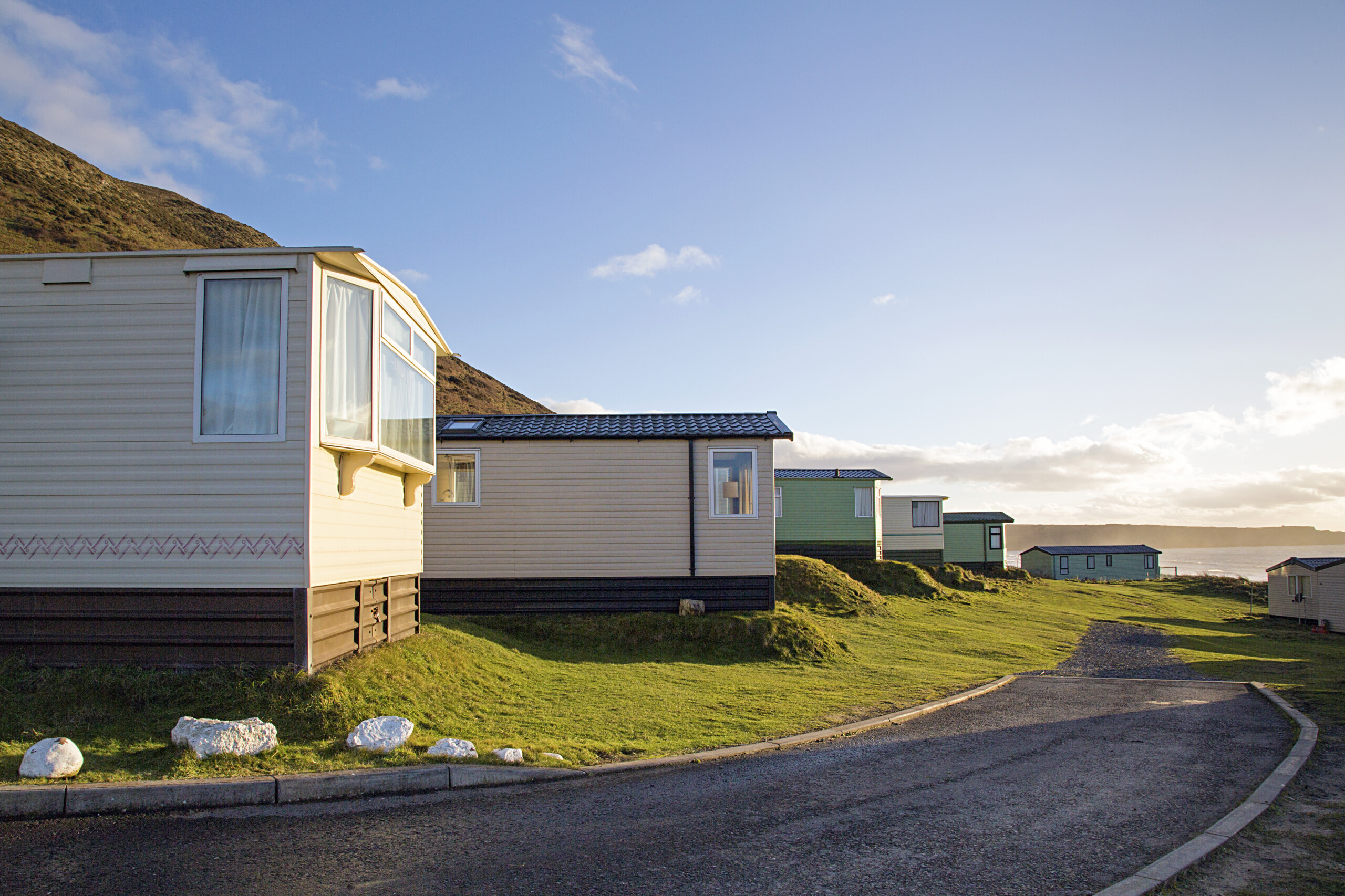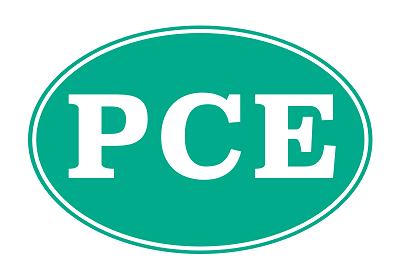
Date posted: 16th Jun 2025
The favourable tax regime for furnished holiday lettings (FHLs) came to an end on 5 April 2025.
For 2025/26 and later tax years, FHLs are treated in the same way as other residential lets for tax purposes. The end of the FHL regime has implications for jointly held properties.
Joint tenants or tenants in common?
There are two legal ways to jointly own property – as joint tenants or tenants in common.
Where a property is jointly owned by spouses or civil partners, the general rule is that the income is treated as arising to each partner equally for tax purposes, regardless of their individual shares in the property.
Where the property is owned as tenants in common in unequal shares, the parties can jointly elect (on Form 17 and via a trust deed) for the income to be allocated for tax purposes by reference to their beneficial ownership shares.
These rules did not apply under the former FHL regime. Instead, where a property was jointly owned, the owners could choose how to allocate the profits and losses. This applied equally where the joint owners were married or in a civil partnership.
Following the end of the FHL regime, spouses and civil partners who jointly own holiday lets will need to review the position and decide if they need to make a Form 17 election.
If they do nothing, they will each be taxed on 50% of the rental profit. This may not give the best result.
Case study
David and Lisa jointly own a holiday cottage on the Suffolk coast. As David has income of £90,000 a year and Lisa has income of £20,000, they have historically opted to split the profits from their FHL in the ratio of 5:95. The profits are around £20,000 a year, meaning £1,000 are allocated to David and taxed at the higher rate and £19,000 are allocated to Lisa and taxed at the basic rate.
If they do not take any action, for 2025/26, the profits will be allocated equally for tax purposes. This means that Lisa will be taxed on £10,000 of the profits at the basic rate and David will be taxed on £10,000 of the profits at the higher rate. This will move profits of £9,000 from the basic rate (i.e. that was taxed on Lisa) to the higher rate (to be taxed on Dave), meaning that they will pay £1,800 more in tax in 2025/26 than in 2024/25.
If they own the property as tenants in common in unequal shares, they can elect for the profits to be allocated for tax in accordance with their actual ownership shares. If they wish to preserve the previous allocation, Lisa will need a 95% share in the property and David will need a 5% share. If the property is not already held in this way, they could take advantage of the no gain/no loss capital gains tax rules applying to spouses and civil partners to transfer shares in the property between them to achieve the desired ownership shares and then make a Form 17 election for the profits to be allocated for tax purposes in accordance with their ownership shares.
If there is a mortgage on the property, please speak to your mortgage broker or bank, before any action is taken.
Making a Form 17 election
A Form 17 election can be made jointly by spouses and civil partners where they own property in unequal shares as tenants in common. It cannot be made where the property is owned as joint tenants – where this is the case, the spouses/civil partners jointly own the whole property.
The election must be submitted to HMRC within 60 days of being signed. The election is effective from the date of the election – it cannot be backdated. This means that a couple cannot wait until the end of the tax year to decide if an election would be beneficial for that year.
A Form 17 election may not always be beneficial, so advice is critical.
It is also important to ensure that a solicitor draws up a declaration of trust, stating the property ownership percentages.
As ever, if you have any queries, please contact us here.


